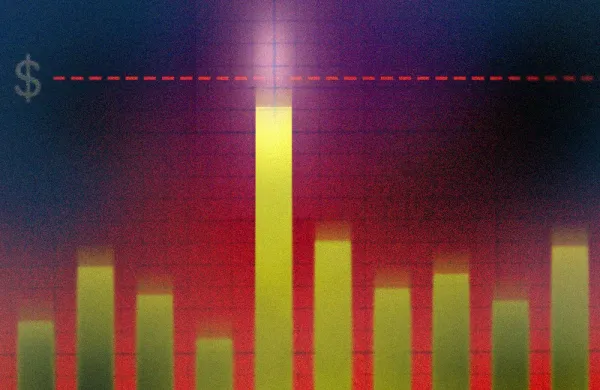Investors in the initial public offerings of technology companies can expect paltry returns. That’s because investors in the company when it was still private made the bulk of the profits.
In fact, late-stage investors have proved to make the most profitable bets in tech investing. According to a recent study by Manhattan Venture Partners, a tech-focused venture capital firm, investors in Series G and later funding rounds have achieved an average annualized return of at least 82 percent. But for investors who bought the same companies on the open market on the first day of their initial pubic offerings, the annualized return stood at a mere 1.6 percent over the first six months.
The findings are in sync with the massive growth of private markets, the decline in the number of small-cap companies, shrinking public markets, and the easy availability of capital.
The results are based on an analysis of 147 technology, media, and telecommunication companies that went public between 2011 and 2021. Over 130 companies went through at least three rounds of financing. Forty companies went all the way through Series G before their public debuts, while 15 went through Series H, according to the report. Decades ago, that many funding rounds was a rarity.
“Buying on the open market is essentially a sucker’s bet,” the report said. “At the six-month post-IPO mark, pre-IPO investment returns beat post-IPO returns by a wide margin.”
In 2021, there was a 28 percent increase in valuations of late-stage companies from a year before. According to the report from Manhattan Venture, the surging dry-powder levels have created a “flywheel impact” in the private market: An increase in the availability of private capital means that companies can stay private longer, which in turn means that more private capital can be deployed.
“As companies stay private longer, more investors are looking to get in at the pre-IPO stage, as that’s when most of the wealth creation happens,” said Ben Meng, a fund manager at Franklin Templeton, speaking to the report’s author.
Investors didn’t have to wait until the later stages to beat public market shareholders. According to the report, the average annualized return for Series A investors was 63 percent, while those investing in Series B to Series D have also earned at least 50 percent annualized. From Series D and later, the upward trend in returns becomes more pronounced. On IPO day, the mean return for investors in rounds E-H and rounds A-D was 98 percent and 66 percent, respectively, according to Manhattan Venture.
IPO investors might do even worse if venture capitalists weren't prevented from some selling. According to Andrea Lamari Walne, general partner at Manhattan Venture, there’s usually a six-month lockup period that prevents VCs from selling their stakes immediately after the IPOs. “The bankers and companies don’t [want] some insane amount of shares [flooding] the stock market,” she said. “It could theoretically drive down the stock price.”







